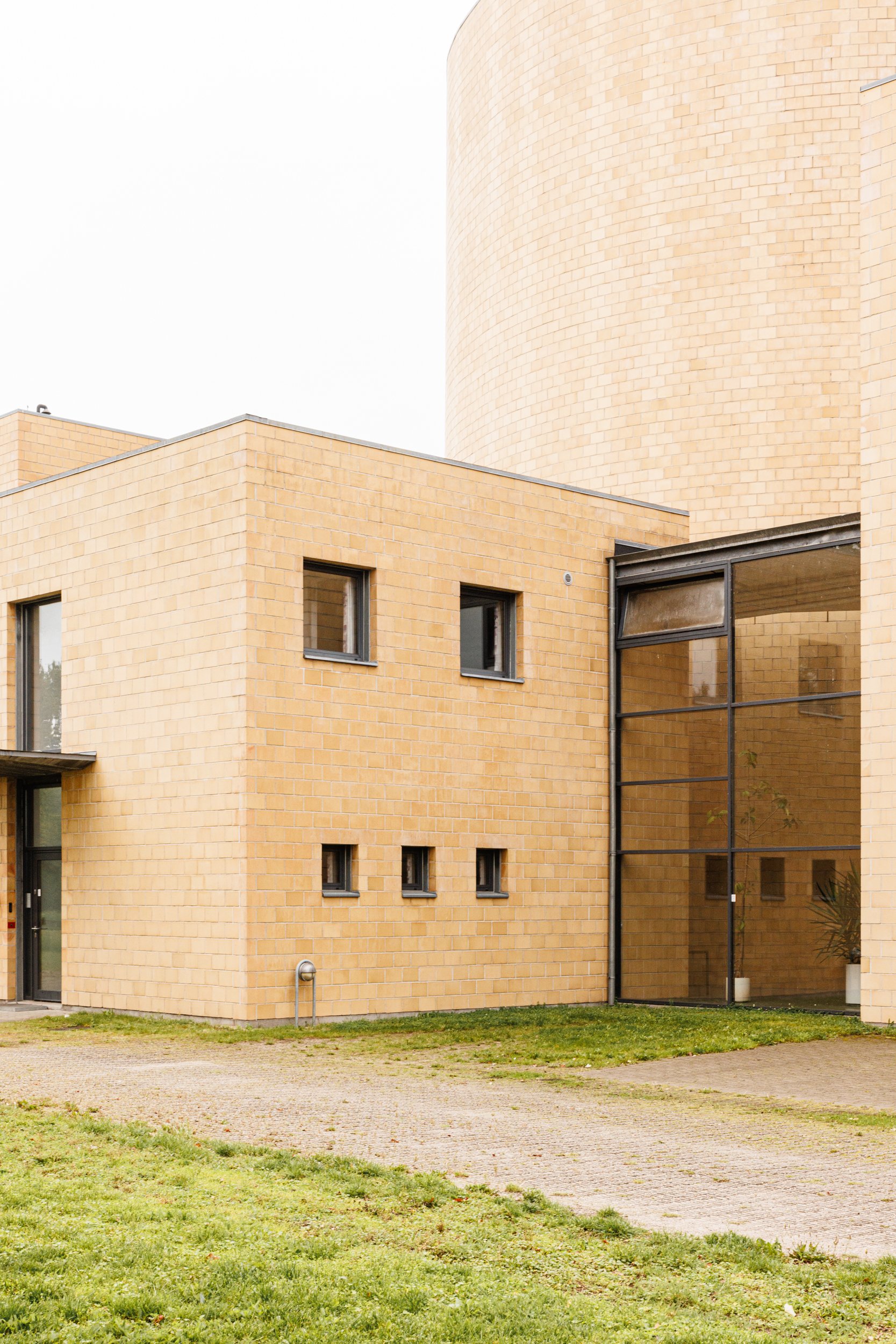Cogeneration Plant FFV · Faaborg, Denmark
A cogeneration plant, also known as a combined heat and power (CHP) plant, is a cutting-edge facility that harnesses energy efficiency to produce electricity and heat simultaneously. It represents a significant step towards sustainable energy solutions and plays a crucial role in reducing both greenhouse gas emissions and reliance on traditional energy sources.
The core principle of a cogeneration plant is to generate electricity while also utilizing the residual heat produced during the generation process. Traditionally, in power plants, this heat is wasted and released into the environment. However, a cogeneration plant maximizes the use of this heat by redirecting it to various applications, such as district heating systems, industrial processes, or even for cooling purposes.
The integration of electricity and heat production in one facility brings numerous advantages. Firstly, it enhances overall energy efficiency, as the heat, which would otherwise go to waste, is efficiently recycled. This integrated approach results in a substantial reduction of primary energy consumption, thereby cutting down on fuel costs and decreasing greenhouse gas emissions. Studies have shown that cogeneration plants can achieve efficiency rates of up to 80%, far surpassing traditional power plants that typically operate at around 40% efficiency.
Cogeneration plants can operate using different fuel sources, such as natural gas, biomass, or even waste materials, depending on local availability and environmental considerations. This flexibility allows cogeneration plants to adapt to diverse energy landscapes and foster sustainable development.
NAME
Cogeneration plant



















